
How to Use MCP3421: Examples, Pinouts, and Specs
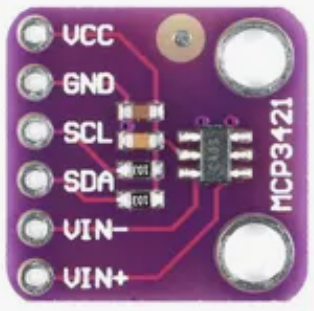
 Design with MCP3421 in Cirkit Designer
Design with MCP3421 in Cirkit DesignerIntroduction
The MCP3421 is a high-resolution, low-power, 18-bit analog-to-digital converter (ADC) manufactured by Microchip. It features a single-channel input and an integrated programmable gain amplifier (PGA), allowing for precise measurements of small signals. The device communicates via the I2C protocol, making it easy to interface with microcontrollers and other digital systems. Its compact design and low power consumption make it ideal for battery-powered and portable applications.
Explore Projects Built with MCP3421
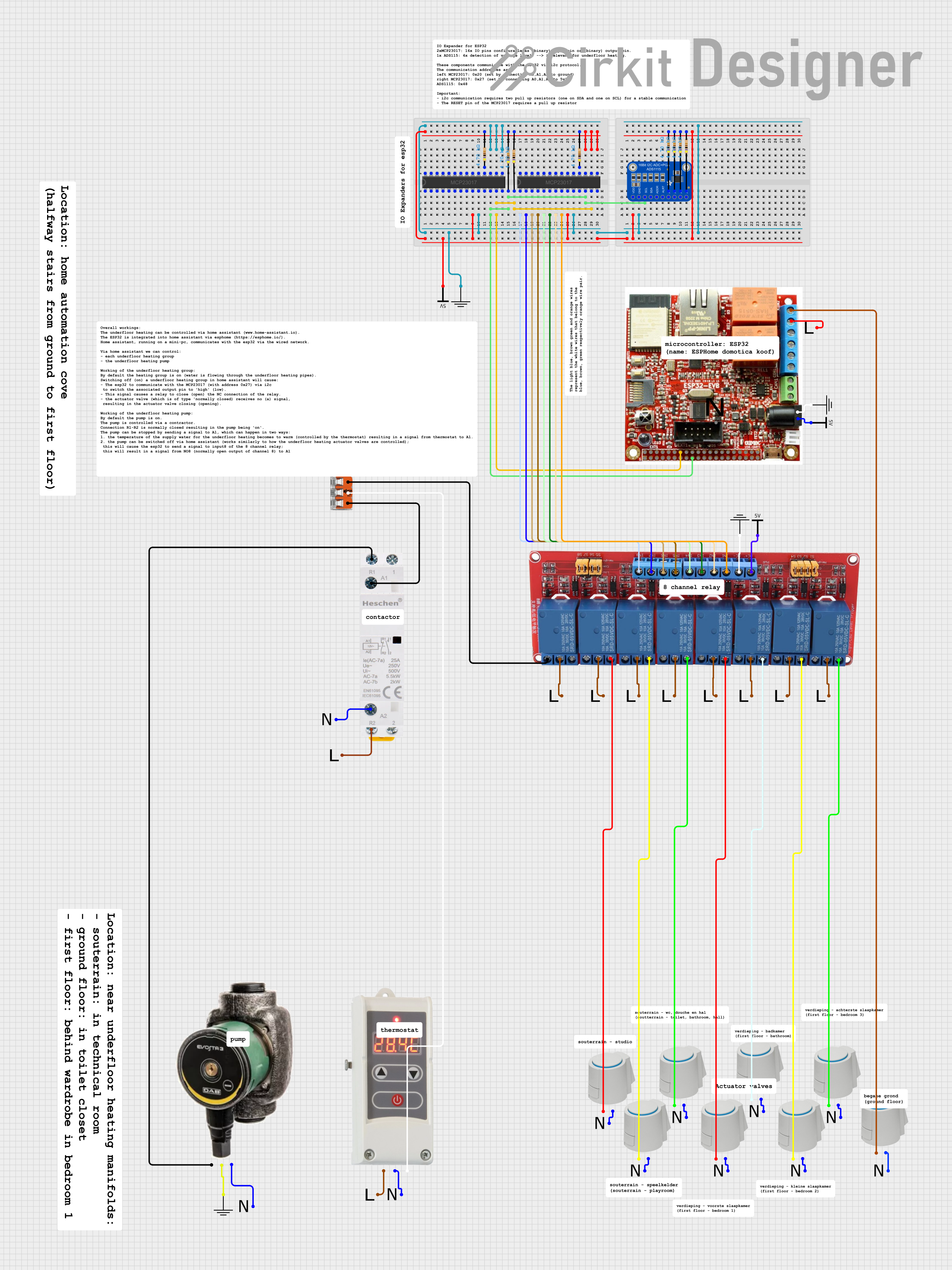
 Open Project in Cirkit Designer
Open Project in Cirkit Designer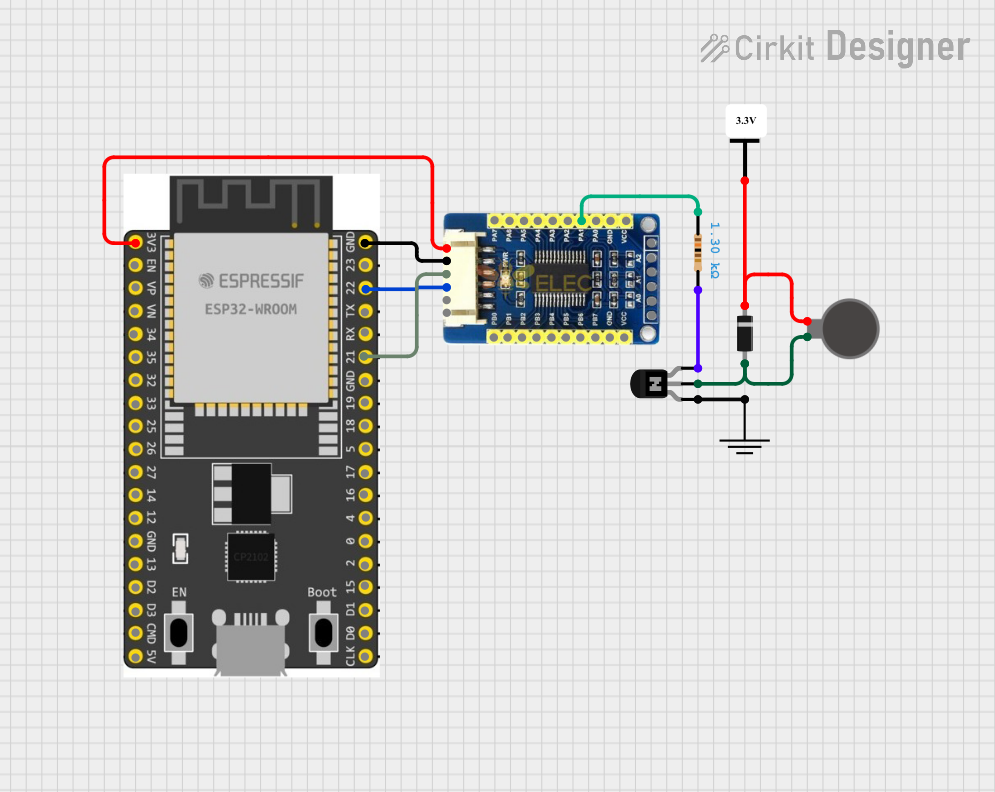
 Open Project in Cirkit Designer
Open Project in Cirkit Designer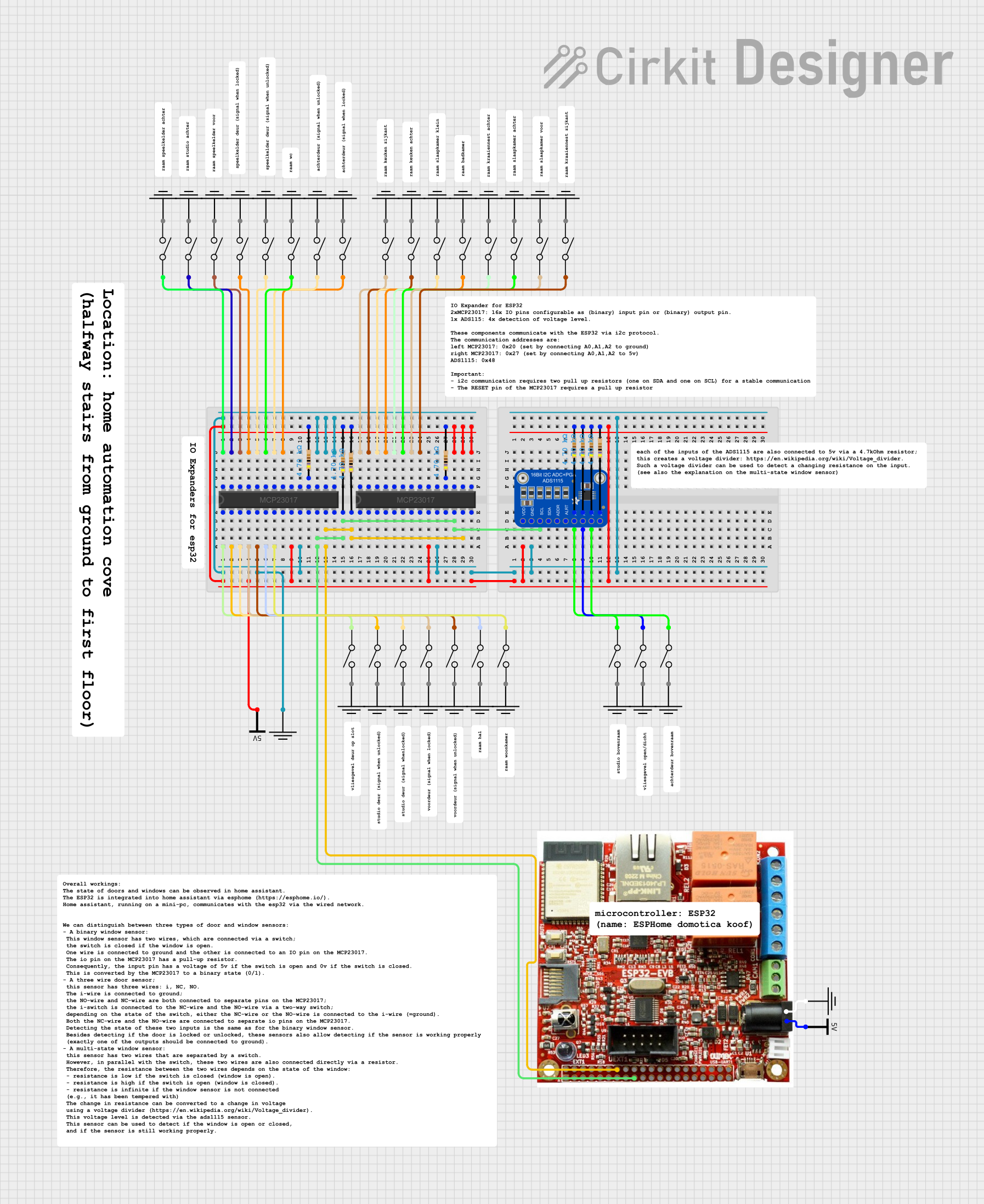
 Open Project in Cirkit Designer
Open Project in Cirkit Designer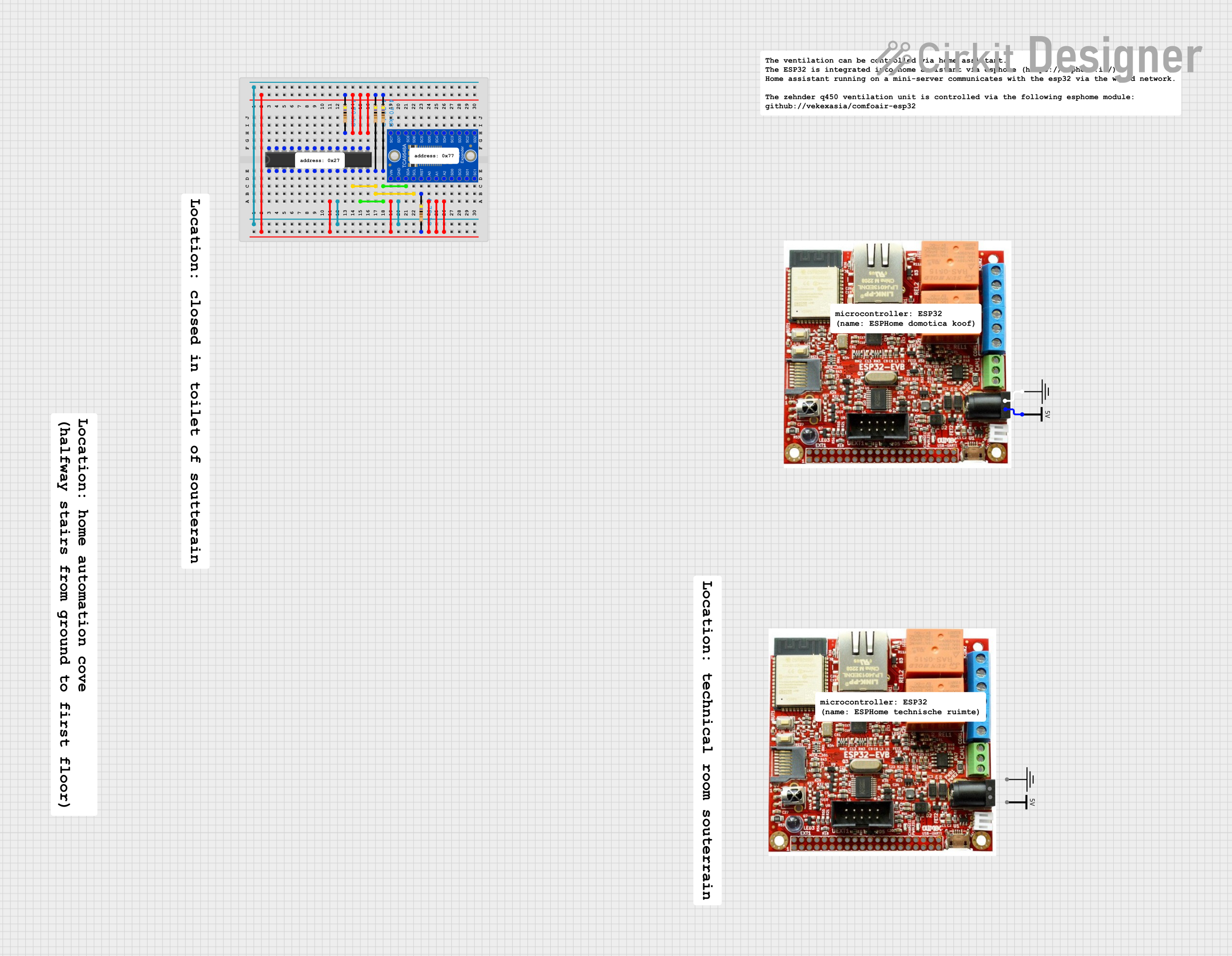
 Open Project in Cirkit Designer
Open Project in Cirkit DesignerExplore Projects Built with MCP3421

 Open Project in Cirkit Designer
Open Project in Cirkit Designer
 Open Project in Cirkit Designer
Open Project in Cirkit Designer
 Open Project in Cirkit Designer
Open Project in Cirkit Designer
 Open Project in Cirkit Designer
Open Project in Cirkit DesignerCommon Applications
- Sensor signal acquisition (e.g., temperature, pressure, and light sensors)
- Portable medical devices
- Industrial process control
- Data logging systems
- Battery monitoring
Technical Specifications
Key Features
- Resolution: 18-bit
- Input Channels: Single-ended
- Programmable Gain Amplifier (PGA): Gains of 1x, 2x, 4x, and 8x
- Input Voltage Range: ±2.048V (PGA = 1x)
- Supply Voltage: 2.7V to 5.5V
- Communication Interface: I2C (up to 3.4 MHz)
- Conversion Modes: Continuous or One-Shot
- Current Consumption:
- 145 µA (typical) during conversion
- 0.1 µA (typical) in standby mode
- Package: 6-pin SOT-23
Pin Configuration and Descriptions
The MCP3421 is available in a 6-pin SOT-23 package. The pinout and descriptions are as follows:
| Pin | Name | Type | Description |
|---|---|---|---|
| 1 | VDD | Power | Positive power supply (2.7V to 5.5V). |
| 2 | VIN+ | Analog Input | Positive analog input for the ADC. |
| 3 | VIN- | Analog Input | Negative analog input for the ADC. |
| 4 | SCL | Digital Input | I2C clock line. Connect to the microcontroller's SCL pin. |
| 5 | SDA | Digital I/O | I2C data line. Connect to the microcontroller's SDA pin. |
| 6 | GND | Power | Ground reference for the device. |
Usage Instructions
Connecting the MCP3421
- Power Supply: Connect the VDD pin to a 2.7V to 5.5V power source and the GND pin to ground.
- Analog Input: Connect the signal to be measured to the VIN+ pin. If measuring differential signals, connect the reference signal to the VIN- pin.
- I2C Interface:
- Connect the SCL and SDA pins to the corresponding I2C pins on the microcontroller.
- Use pull-up resistors (typically 4.7 kΩ) on the SCL and SDA lines.
- Addressing: The MCP3421 has a fixed I2C address of
0x68.
Example Circuit
Below is a basic connection diagram for the MCP3421 with an Arduino UNO:
MCP3421 Arduino UNO
--------- ------------
VDD 3.3V or 5V
GND GND
SCL A5 (SCL)
SDA A4 (SDA)
VIN+ Signal Input
VIN- Ground or Reference Signal
Arduino Code Example
The following Arduino code demonstrates how to read data from the MCP3421:
#include <Wire.h>
#define MCP3421_ADDRESS 0x68 // I2C address of the MCP3421
void setup() {
Wire.begin(); // Initialize I2C communication
Serial.begin(9600); // Initialize serial communication for debugging
}
void loop() {
Wire.beginTransmission(MCP3421_ADDRESS);
Wire.write(0x10); // Configuration byte: 18-bit resolution, PGA = 1x
Wire.endTransmission();
delay(100); // Wait for conversion to complete
Wire.requestFrom(MCP3421_ADDRESS, 3); // Request 3 bytes of data
if (Wire.available() == 3) {
// Read the 3 bytes of data
byte msb = Wire.read();
byte lsb = Wire.read();
byte config = Wire.read();
// Combine the bytes into a 2's complement 18-bit value
long rawData = ((long)msb << 16) | ((long)lsb << 8);
rawData >>= 8; // Shift to remove the unused bits
// Convert to voltage (assuming PGA = 1x and Vref = 2.048V)
float voltage = (rawData * 2.048) / 131072.0;
Serial.print("Voltage: ");
Serial.print(voltage, 6); // Print voltage with 6 decimal places
Serial.println(" V");
}
delay(1000); // Wait 1 second before the next reading
}
Important Considerations
- Input Voltage Range: Ensure the input voltage does not exceed the specified range for the selected PGA setting.
- I2C Pull-Up Resistors: Use appropriate pull-up resistors on the SCL and SDA lines to ensure reliable communication.
- Noise Reduction: Minimize noise in the analog input signal by using proper grounding and shielding techniques.
Troubleshooting and FAQs
Common Issues
No I2C Communication:
- Verify the pull-up resistors on the SCL and SDA lines.
- Check the wiring and ensure the correct I2C address (
0x68) is used.
Incorrect Voltage Readings:
- Ensure the input voltage is within the specified range.
- Verify the PGA setting and adjust the voltage calculation formula accordingly.
Device Not Responding:
- Confirm that the power supply voltage is within the 2.7V to 5.5V range.
- Check for loose or incorrect connections.
FAQs
Q: Can the MCP3421 measure negative voltages?
A: Yes, the MCP3421 can measure differential signals, allowing it to measure negative voltages relative to the VIN- pin.
Q: What is the maximum sampling rate of the MCP3421?
A: The maximum sampling rate is 240 samples per second (SPS) at 12-bit resolution. At 18-bit resolution, the sampling rate is reduced to 3.75 SPS.
Q: Can I use the MCP3421 with a 3.3V microcontroller?
A: Yes, the MCP3421 operates with a supply voltage as low as 2.7V, making it compatible with 3.3V systems.
Q: How do I change the resolution or PGA settings?
A: The resolution and PGA settings are configured using the configuration byte sent via the I2C interface. Refer to the datasheet for details on the configuration byte format.